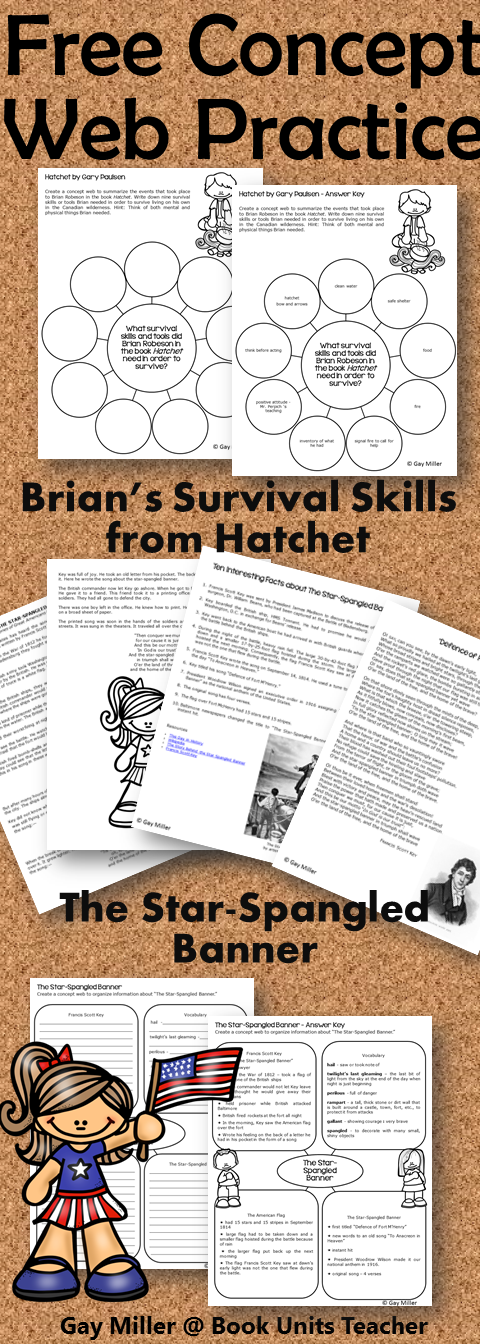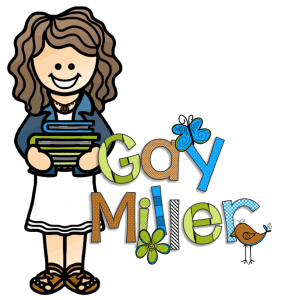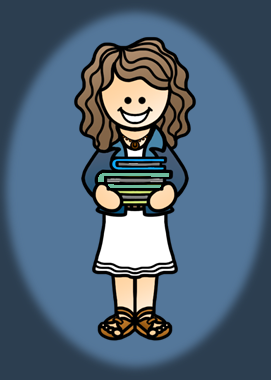Since the human brain processes visuals much faster than text, using concept webs is an important learning strategy for students.
What are Concept Webs?
Concept webs are visual diagrams that connect abstract ideas. Students use these to connect prior knowledge and experiences to new information.
To create a concept web, draw a central circle. Inside this circle, write a general question. Main ideas may also be used. Draw connecting lines from the main concept to related ideas that radiate from this circle.
When should I Use Concept Webs?
A concept web may be used for many purposes. Lessons that introduce a subject of study to even studying for an exam work well. Any time learners need to define thoughts, concept webs may be used.
Why use a Concept Web?
A concept web helps learners in many ways:
- brainstorm to form new ideas
- connect information
- identify and understand the subject matter
- better retention of the material
- generalize information by making connections
- communicate information to others
- integrate new concepts into details already known
Get the pdf of these activities to use with your students.
Sample Activity #1 – Creating a Concept Web with the book Hatchet
Concept webs are a great way for students to prove understanding of a topic. In the example below, the concept web summarizes the ways Brian Robeson was able to survive in the book Hatchet by Gary Paulsen. Notice that this web contains a question. Students answer this question in the connected circles that radiate from the central question.

Activity #2 – Creating a Concept Web with the Star-Spangled Banner

Concept webs are extremely helpful when students must pull information from different sources to write a reaction. By accumulating details from several articles onto one organizer, students better understand the relationship between ideas. Students use the concept web as a road map to link together details. In this second project, students are provided with three pieces of information.
- Students read a short article from Stories of Great Americans for Little Americans. This article explains Francis Scott Key’s circumstances when he wrote the “Star-Spangled Banner.”
- Ten Interesting Facts about “The Star-Spangled Banner”
- the lyrics of the song “The Star-Spangled Banner”
Notice this concept web has a different set-up. The main idea is in the center of the web. Four boxes connect to this main idea. Inside each box, students list details from the three sources into one cohesive web.
Section 1 asks students to tell about Francis Scott Key. Students use the second section to define challenging words from the text. In the third section, students list facts about the American flag. In the final section, students list information about the song. Use the web for classroom or small group discussions. Students can also use these webs as outlines to write short essays.
After students practice with this topic, have them create additional concept webs. Topics can cover many subjects from social studies to science to anything that interests students.
Book Units Teacher Website offers a series titled “10 Interesting Facts.” Students will enjoy these fun-to-read facts. Just pair them with additional articles. You will find several history topics here. Pairing these facts with videos will turn this activity into a high-interest practice students will really enjoy.
Give Concept Webs a Try
Grab the free activities here. The first is the Hatchet example from the post. “The Star-Spangled Banner” concept web teaching students about our national anthem is also included. The handout includes answer keys.




